The Voigtlander 75mm f1.8 Heliar Classic Lens Review
by Johnny Ciotti
(from Steve: I will be reviewing this lens on the M 240 in the next 2 weeks. For now, here is a review from Johnny on the Sony A7! Thanks Johnny!)
With so many individuals moving on to the growing trend of the more sensible mirror less interchangeable lens camera bodies more than a few are finding a lacking in the tele range. Well, at least without destroying the smaller form factor by using larger SLR adapters and lenses or breaking the bank.
Voigtlander 75mm 1.8 Heliar Classic mounted on Sony a7 via Voigtlander VM-E close focus adapter
Enter the Voigtlander 75mm 1.8 Heliar Classic. Before getting into my thoughts I’d like to share with you a few tid bits of information in hopes of giving this some credibility and not just a “this guy bought the lens and rambled on about it” type of post. Being a photographer can mean many things to many people. A hobbyist, a professional, a collector, we all have different reasons for our purchases. So take what you will from this review but I’ve written it for the most decirning digital photographer who might enjoy premium quality at an affordable price. Myself being one of those that doesn’t care to own more than a few pieces of glass in the effort of simplifying the way he shoots. My clients shouldn’t have to pay for my gear acquisition syndrome when I can get the job done with a lot less.
As with most modern Voigtlander lenses, this 75mm is beautiful in a classic sense and refined to meet todays standards. No frills, no extras, just a clean black metal barrel and bright beautiful glass. Lens caps front and rear do as they should with my favored center pinch on the business end. Screw in metal hood feels wonderful and still allows for the front cap to be positioned properly when stored. All that needs to be visible is crisp and easy to read. No sloppy or unneeded branding to tarnish the over all aesthetic of this short tele focal lens.
Voigtlander 75mm Heliar Classic without lens hood attached
The feel is better than what would be expected from such a bargain. The aperture ring clicks smoothly and precise with little effort. As effortless as it is to hop up or down a stop I’ve had no issue bumping into the wrong setting even with “rough” use. The same characteristics are followed by the easy to use manual focusing ring, clean and well dampened are the best way to describe this short throw. People often toss around the term “cheap” when they mean inexpensive, this lens is not “cheap” even though it is beyond affordable with a meager asking of sub $700 new.
The barrel extends slightly when focusing adding some length to this long piece of glass.
Barrel fully retracted
Barrel fully extended
With having hit the ball out of the park in the presentation and tactile sensation department, I’d like to focus on the look the lens provides to the user while peering through it and not at it. Because this is what is important, right? You know, the images we make and not how awesome we look while making them. Voigtlander is not new to the lens manufacturing game. The company as a whole has been around since 1756, that’s not exactly a short stint. The new lenses have been manufactured by Cosina since 1999, another reputable name in optics. I hate to think of any piece of glass with such heritage as second-rate.
The lens provides a wonderful rendering of depth, sharpness, and contrast in appropriate proportions for such a piece of kit. The colors are as accurate as you are at insuring the proper white balance is selected. Vignetting is mild at most for a lens like this.
Vignetting
From left to right f1.8, f2, f2.8, f4
From left to right f5.6, f8, f11, f16
Clarity being one of the stronger aspects, taking a back seat only to the fantastic out of focus qualities and subject separation. The lens is more than sharp enough at f.18 for anything that needs to be shot at f1.8. Stopping down quickly takes these 3 groups of 6 conventional spherical elements from above adequate to what would be considered ridiculously sharp.
Bokeh
From left to right f1.8, f2, f2.8, f4
From left to right f5.6, f8, f11, f16
The multi coated process allows for deep contrasting that compliments the in and out of focus portions of any well thought composition. The straight 10-bladed aperture creates a lovely organic display of bokeh that is typically only found in much pricier prime optics at this focal length.
Iris opened to f1.8
Having used this lens in many situations I have noticed flaring occasionally in the studio environment where a flag might have not been used with other more modern designs. This isn’t necessarily crippling for a rather flawless lens as it is easily correctable in most situations. Outdoors I haven’t noticed any flaring as long as the lens hood is implemented.
When possible I highly recommend shooting with a lens hood/shade, especially when it is this good, as it increases contrast by not allowing stray light to bounce around in your nifty chunk of glass. Often times sharpness is confused with lack of contrast and can plague the reputation of lenses from the miss informing improper user. The lens hood should be considered a part of the lens design for delivering optimal image quality. Why skimp when you’ve paid for the tools to be made available to you?
Raquelle Lawrence was gracious enough to model for this lens review.
High contrast outdoor location for recent head shots. Voigtlander 75mm f1.8 Heliar Classic & Sony a7 stopped down to f9
The compatibility of legacy glass has been often questioned with digital sensors and their performance together. I find in this particular combination between the Sony A7 and the Voigtlander 75mm f1.8 Heliar Classic that the two work together most desirably. User skill level and purpose for creating the image should be questioned as often as image quality. How sharp do you need the bottom right pixels to be if it’s a faded off-white stucco wall?
Gate
100% corner crop also showing minor color fringing.
This lens really wouldn’t be my first choice for something demanding critical corner to corner image quality. Use a tilt shift and/or stitch multiple frames if that is the case. Picking the proper technique and tool for the job will make things work much easier. Now what this lens does do well is allows for a no fuss operation in creating wonderful stories with heaps of character. This is really important for me as I’m a dedicated wedding and headshot photographer. My equipment needs to allow me to make connections with my subject in a natural way.
Are we really looking at corner sharpness?
The biggest draw back of this lens is it having such a long minimum focusing distance. Common with rangefinder lenses, this can be problematic if you work in cramped conditions often. A false sense of breathing room can be created with the coupling of the Voigtlander VM-E Close Focus Adapter. The two increase the usability of the lens and open up a new world of creative options while giving the ability to increase subject separation in close foreground objects.
VM-E Close Focus Adapter
Now while I seem to praise this lens in high regard for its technical merits I cannot stress enough that the joy of using the lens as an artists tool can often help produce more meaningful images for yourself or clients. The way it feels and operates is ever as important as how many coatings the elements have. From day one it felt like an extension of my eye, something that if it cost even more could not be afforded.
You can buy this lens and the adapter from CameraQuest by clicking HERE.

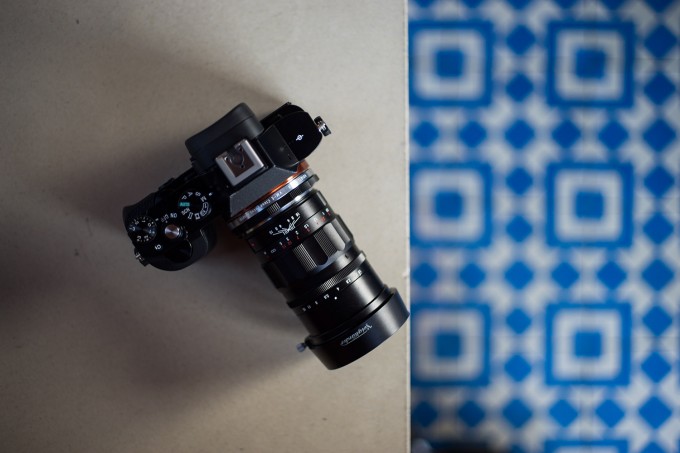
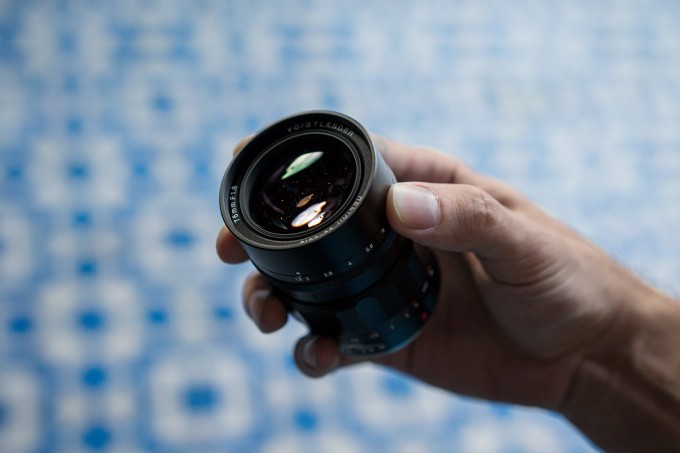
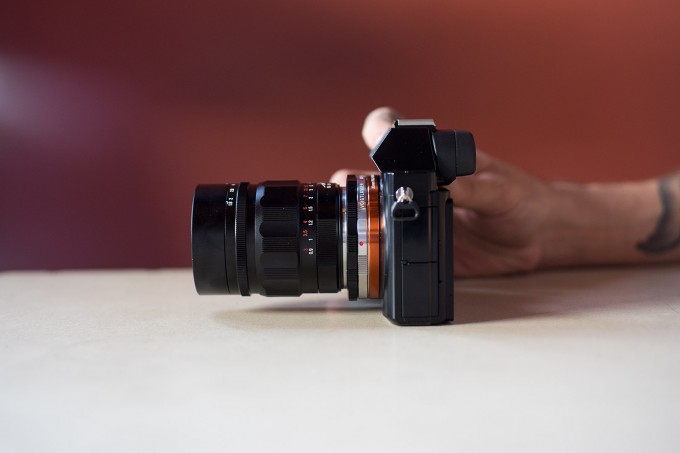
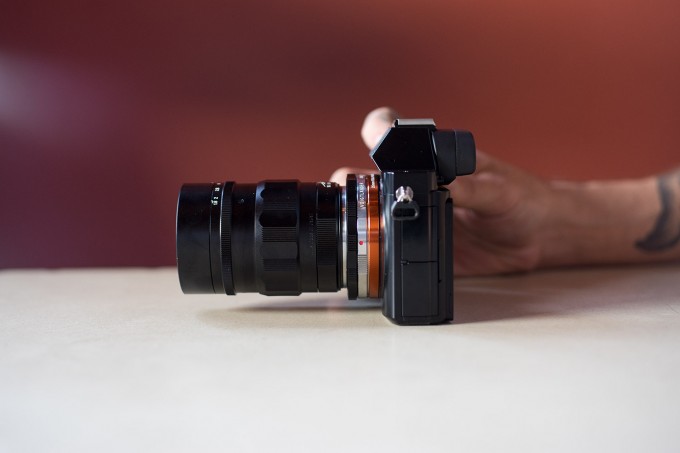




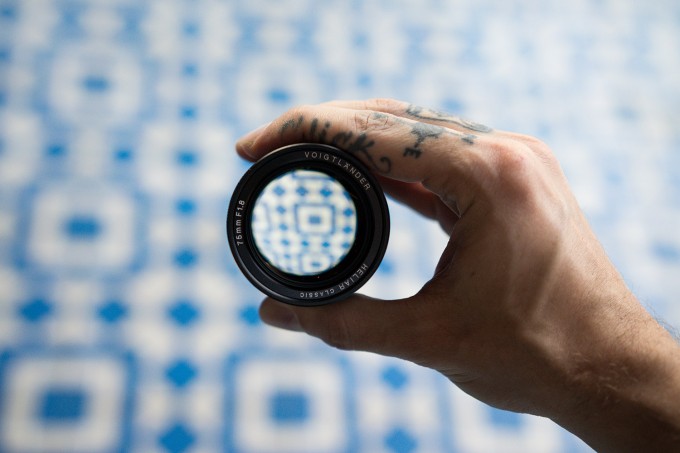
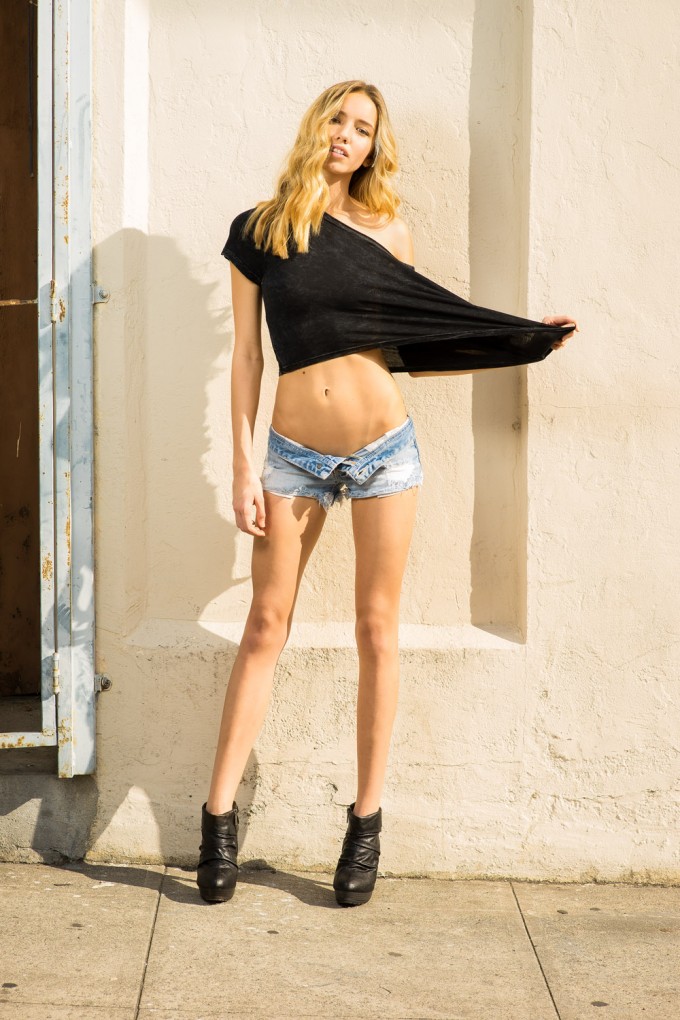
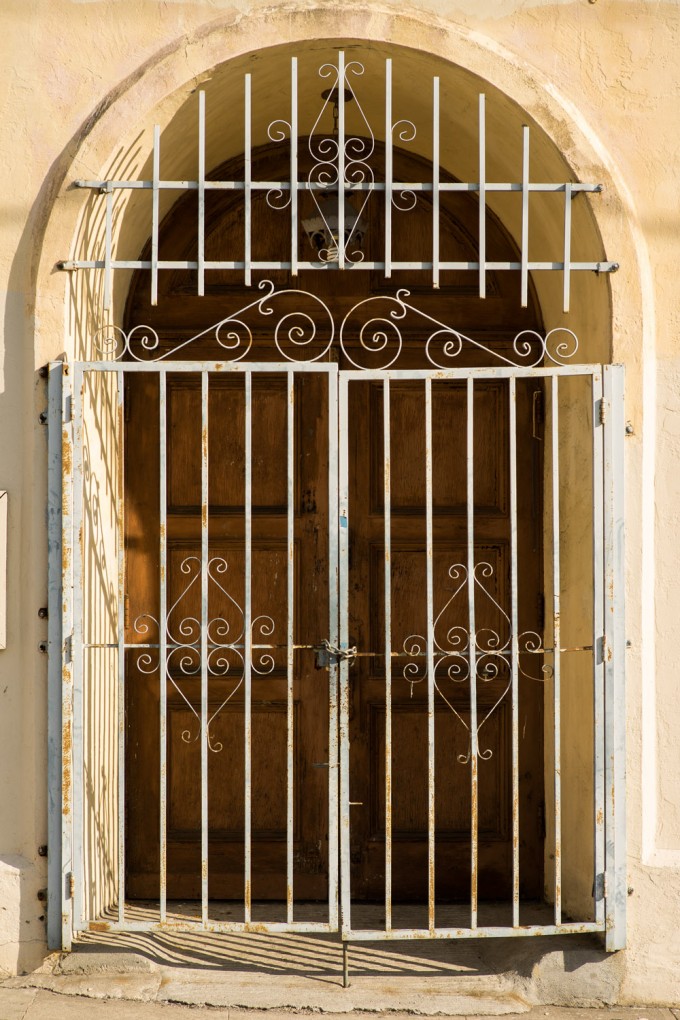
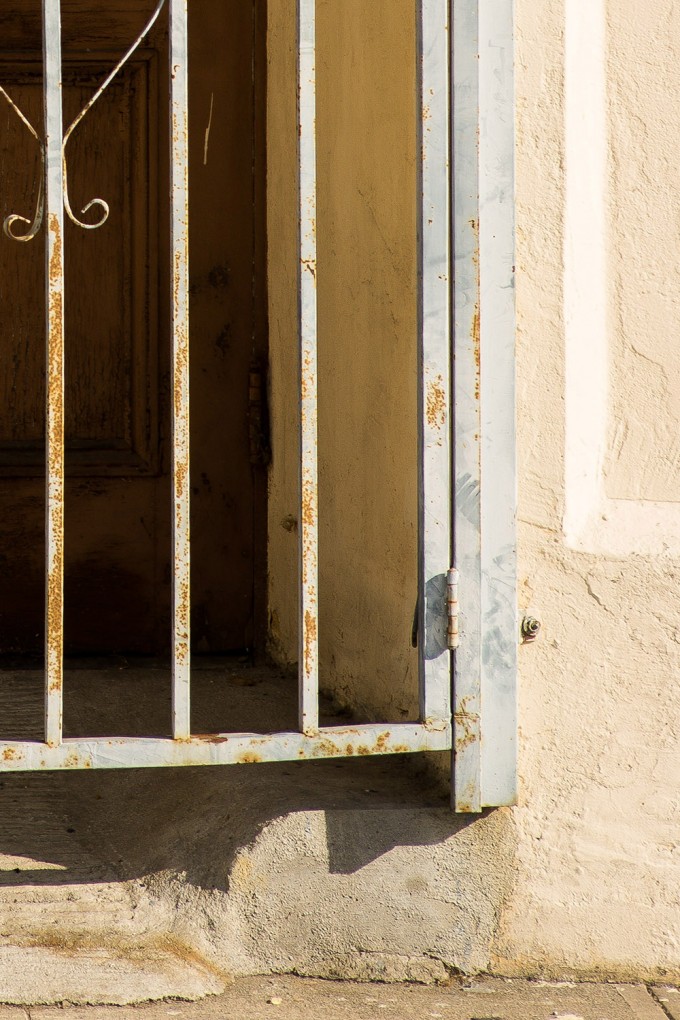
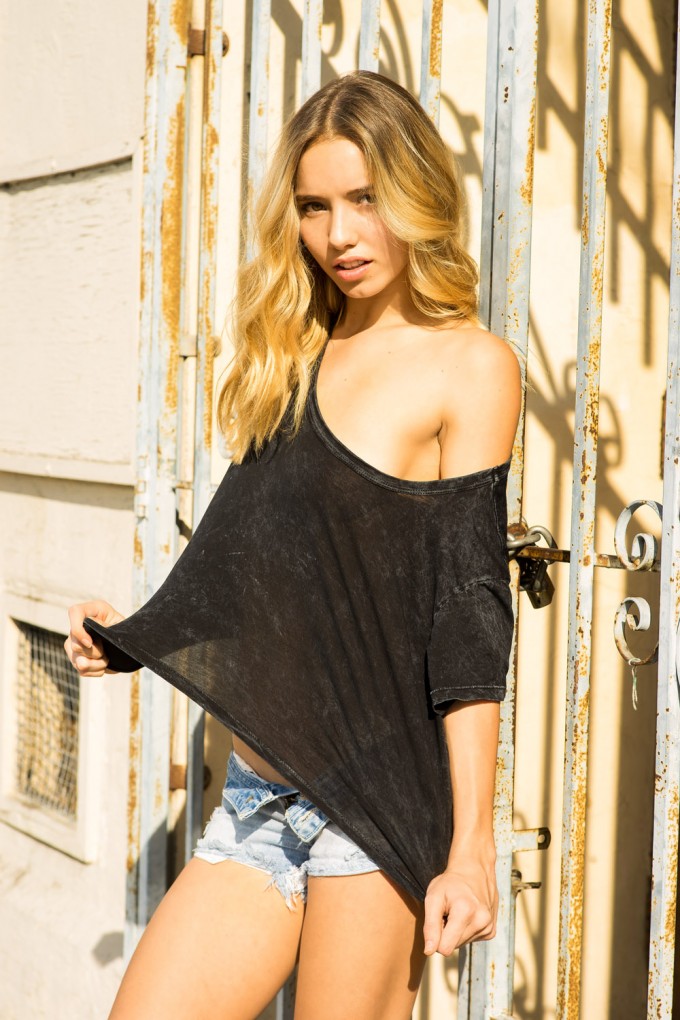
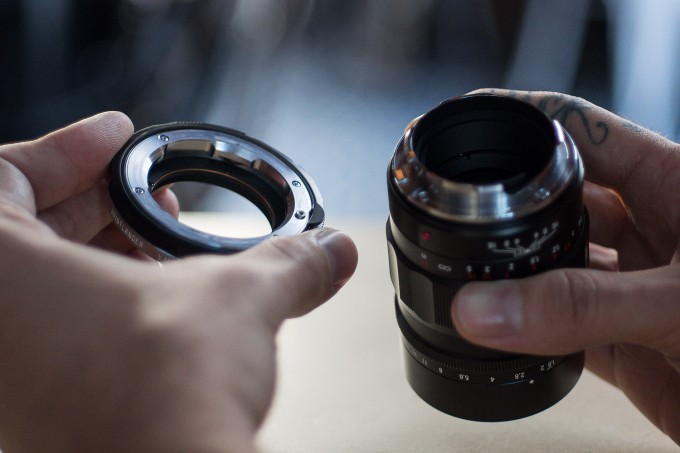

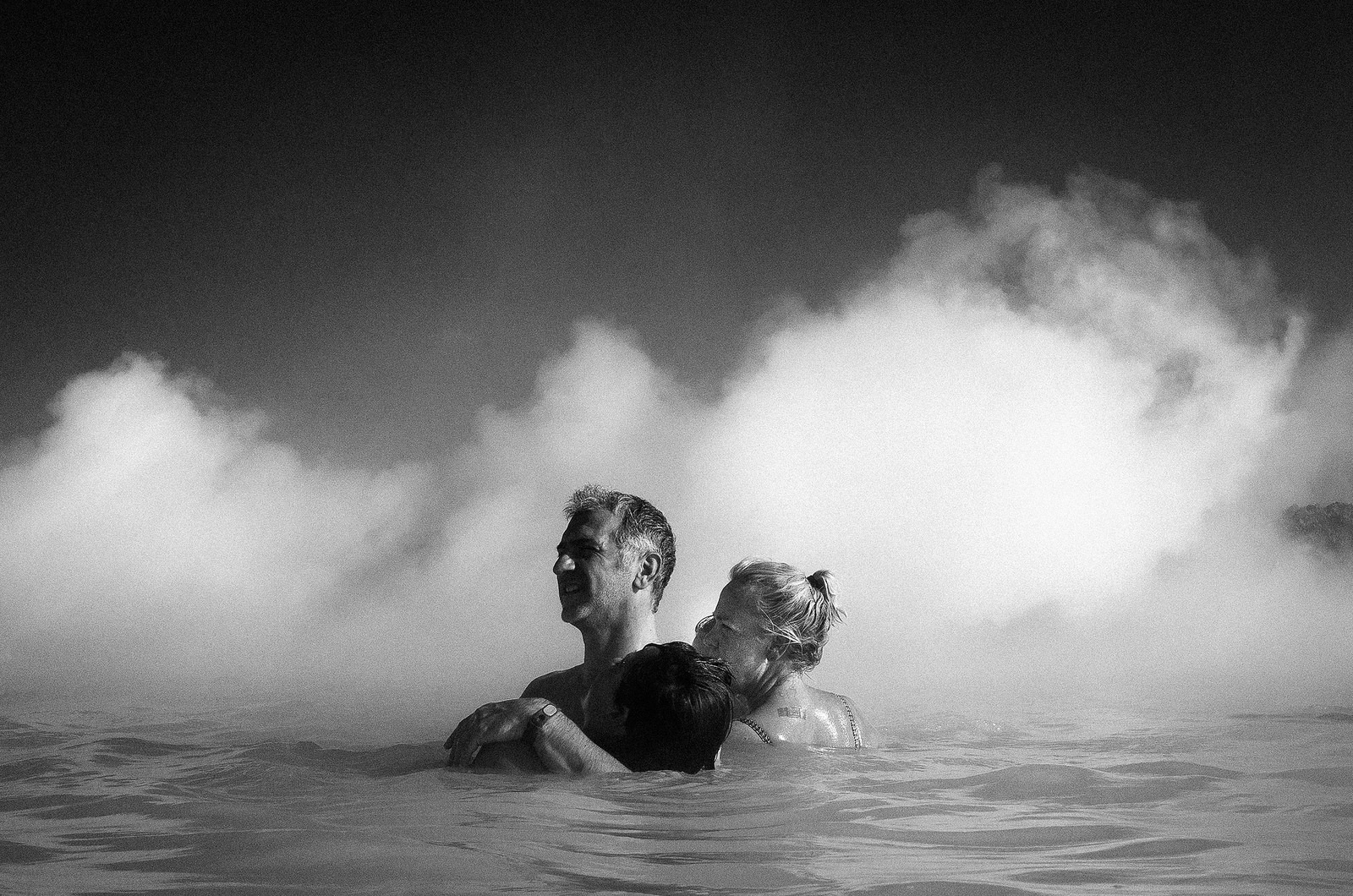

A pro photog friend of mine did an A/B test with my Heliar and his 75 ‘Luz. To the naked eye (i.e. no pixel peeping), the results looked exactly the same. (Of course the Lux has way more bling factor.)
He sold his ‘Lux the next day and got the CV. Pocketed $3K+ in difference to boot.
Johnny, I got all excited about this lens until I got to the part where you state that the MFD is rather long.. I looked it up and it is 0.9m… while that is on the longer end it still seem normal for a 75 mm… The Batis 85 has 0.8m, the canon 85 1.8 is 0.85m.
The Nokton 50 on the other hand with its 1.0m is really long compared to an SLR 50 lens but the 75 is just in the same range as the rest of the lenses in that focal range. So it would be fair to mention this in the review.
I have just bought a used Leica Monochrom and a used 50mm f2.0 summicron lens. The Leica 75s are too expensive for me and I was wondering whether to go with the Voigtlander. And thoughts? Thanks.
Loved the article, Johnny. Informative without being pedantic, useful without being too detailed.
Matt
Question about the adapter; what is the difference/advantage of the close focus adapter versus the regular
Voightlander M adapter?
Thanks
This lens will be ideal for Leica shooters as the 75mm frame in the viewfinder was introduced in 1980 with the M4-P. I have and use a pair of these and am seriously consider the purchase of the 75. I have a 90/f4 that was brought out to accompany the CL in the 1970s. However, I’ve recently discovered that the rangefinder cam on the rear of this lens, like the 40/f2 I am using is sloped. This means the focus will be out. I’m OK with the 40 as I use the hyperfocal distance method for this and shorter lenses. So, I’ve reasoned that I can justify the purchase of this lens – used- no Very Awful Tax. Subsequent Leica M, including digitals and the recently introduced film camera the MA, all have the six frame finder including 75mm.
“Are we really looking at corner sharpness?”
It depends on what part of her body in in the corner. LOL
I always thought 35mm is the perfect focal length for street photography. So I went ahead to purchase the a7r and batt grip coupled with voigtlander 35mm F1.2 II. But soon, I realize two problems. The first problem is It takes so much more effort to nail the focus even at F2. The second problem is the sound of the shutter. It would freak out my subject after the shot and I feel so sorry for them. So, I’m wondering, can I use the 75mm F1.8 for street photography? I know that I would not get the perspective of a ”semi-wide” lens, but what I’m trying to pursue is discreteness and plenty lots of space for me to focus then capture a shot and move to the next subject. Please let me know what you think. First timer in MF prime lenses.
The 75 will not be any faster or easier to focus. If you are having a hard time with the 35 you will have the same experience (if not harder) with the 75. I found the 35 1.2 a breeze to MF even at f 1.2. Just eyeball it and practice for a couple of weeks and you will continue to improve teh MF skills.
Ah, “that” shutter sound…really makes people think they’ve been *shot* in more ways than one. 😉
Should have “KA-Chunkk” tattooed on your finger instead of click, heh. 😉
Hahaha, yes it should! The other side is even better with “cheese” tattooed on it.
@chinook, I own the Voigtlander 35mm f/1.2 II, and use it on the A7, and I can not stress how easy it is to use the MF on this lens + A7! I have more keepers using MF on the A7 then I do using AF on the Zeiss 55mm FE (wonderful lens by the way). As Steve Huff says, play about with the 35mm a bit more, and you should be able to snap extremely good shots with that lens, it is an absolute dream of a lens! I think 90% of my shots are keepers and 99.9% are all shot at @ f/1.2. I am looking at this review, based on my love for that lens and feel that Voigtlander offers me a lot more character than a Zeiss lens does 🙂
Enjoy it, it really is worth it 🙂 And thanks Steve for pushing me over the edge with your reviews and getting me to go the Voigtlander way 😉
Great review! Another option would be the awesome Pentax 77mm f/1.8 Limited. Believe it or not, considering its a SLR lens, I believe it to be smaller or equal in size w/ adapter than the Voigtlander 75mm, it has a nice built in hood and the usual pixie dust 🙂 when it comes to the images it produces.
Just realized that for some reason discerning was typoed into decirning. I didn’t think I was that dyslexic.
Thanks for this, Johnny. Very nice post and photography — thank you, Raquell.
I have the 2.5 screw mount version – bought new for under $500 a couple of years ago, and discontinued now. I think the bay has some for around $400 now. I use it on my M9, M3, and IIIf, and find it pretty amazing. Great build, there’s plenty of 3-D pop when shot at wider apertures, and it’s plenty sharp. Biggest weakness is the fringing at 2.5, but it can be handled in post and disappears as the lens is stopped down.
Great lens, great deal – as you have shown. What’s not to like?
Cheers – Jim
I too love this lens. It is one of my go to lenses on my A7. Growing up with film and manual focus lenses I love this combination. Focus peaking is excellent with the A7. If you like this lens, you will also like the Voigtlander 50 1.5.
You could sell me on almost anything with that first picture. 😀
On a more serious note, I’m just not feeling it for this glass. There’s none of what Steve would call “3D pop” happening here. It all looks a little flat to me.
I believe the OP said the lens was stopped down to f9 (an odd aperture unless it was a typo, but still quite small). I’m guessing you would see way more 3D pop if the lens was opened up to 1.8.
And by the way, in my earlier post I was trying to be respectful of the photographer by limiting my comments to the photo, but since everyone has been commenting on the spectacular…corner sharpness, I’ll just come out and say it — the model is gorgeous as well. Now let’s see what the OP can do with the model and a close focus adapter demonstration!
I have the utmost respect for both the photographer and the model. I’m just not impressed with the lens.
Understandable, this lens just isn’t for everyone and I think that’s one of the beautiful things about about photography equipment this day and age. We can elect to equip our cameras with nearly anything we’d like in the lens department. Thanks again for reading and the commentary!
Most certainly the effect of being stopped down makes the image much more “flat”. Next time I’ll be sure to include more wide open images to demonstrate in future articles.
This is really one of my first goes at a lens review so any and all discussion is fair game by me. I’ve got very thick skin and appreciate most views, especially those that I haven’t already seen from.
I’ll have to get working on that VM-E closet focus adapter article for Steve and round up a few more models since it seems like we might just have enough interest. 😉
Very informative. Just one polite question: is that a slight green tinge I’m seeing in all images?
I haven’t notified any color issues. Images are a collective from 3 different Sony A7 cameras and multiple lenses. If there is a green tint it’s either monitor or an issue in post on my end, but there isn’t any post other than sharpening and jpeg conversion. However I do appreciate your response and polite asking.
Thanks to everyone for checking out and taking the time to read the article. Steve has the greatest fan base and I knew this would be something the readers here would enjoy.
If there is enough interest in a review of the VM-E Close Focus Adapter I’d be willing to write one for this crowd.
Oh, and glad you’ve enjoyed to corner sharpness thus far!
Oh yeah, that corner sharpness is phenomenal!!
If corner and curve have similar meanings, yes, I tend to assess corner sharpness. 😛
Funny how this is only non Leica portrait lens for M mount. Tele-Tessar T* 4/85 ZM i do not consider as lens at all because of F 4 aperture. I personally won’t be using lens shade at all because there is screw bolt sticking out. I prefer the nokton 50mm 1.1 bundled lens shade and might buy the 50 over 75 because of the lens shade. Lovely picks and model BTW.
So far the sample photos in flickr what i have seen, i do like the lens.
Very nice article to read. Thanks for posting.
I have this lens too, it’s great and even helped me letting Steve publish my daily inspiration submission 🙂
http://www.stevehuffphoto.com/2012/11/03/daily-inspiration-368-by-vincent-van-kleef/
Raquelle Lawrence is the real story here
I know, right?
She’s an amazingly talented young women and well represented model from Two Management. If you’re ever interested feel free to contact them.
Below is a link to here book.
http://www.twomanagement.com/portfolio.aspx?nav=1&subid=10692&mainsubid=10692&modelid=671961&sexid=2&a=59
“User skill level and purpose for creating the image should be questioned as often as image quality”
Too right!
Great ‘real’ review.
Best regards
Huss
Thank you for “really” reading the article and taking away more than just lens specs.
Nice review, thank you for sharing.
I appreciate how you balance your “technical” discussion with real world usage. And your image/caption “Are we really looking at corner sharpness” is priceless. Personally, I dislike color fringing as it is a reminder of the image being digital, a necessary evil, I know… However, I like the overall character of the lens! I’m also interested in hearing more about the use of close focus adapters on such lenses. I have a 90mm for my Leica M and would love to have closer focus. BTW — I don’t usually comment on the models in shots like this, but something about the character of the lens works well with the model!
“Are we really looking at corner sharpness?”
LOL!
Great comment along with the pics that states “are we really looking at corner sharpness here?”